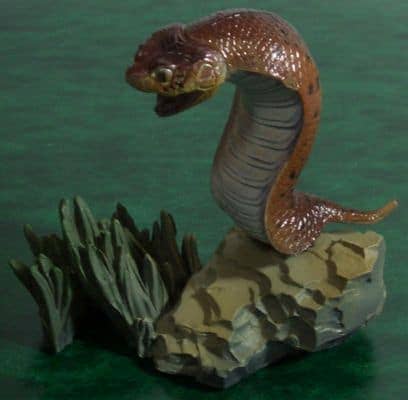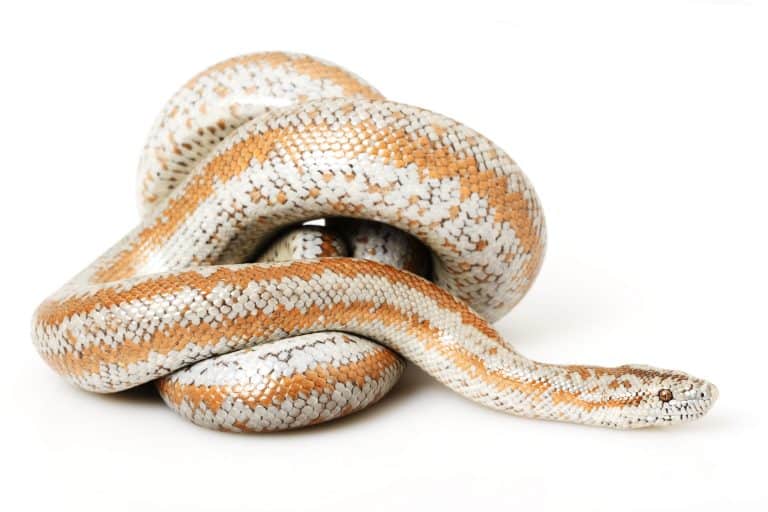Have you ever heard of a snake that can talk, jump meters into the air, and roll away like a wheel? Meet the Tsuchinoko—Japan’s most elusive, chubby serpent that has slithered through myths for centuries. Let’s dive into this quirky creature’s tale and see why it still fascinates people today.
What Is a Tsuchinoko?
The Tsuchinoko is a mythical snake-like creature rooted deeply in Japanese folklore. Unlike your typical snake, it’s said to have a thick, stout body, a mischievous personality, and abilities that would make any snake lover do a double-take.
Origins of the Tsuchinoko Legend
Folklore Roots
The Tsuchinoko legend dates back to ancient Japan. Villagers spoke of these fat snakes living deep in the mountains, rarely seen but often blamed for strange happenings.
Regions Where It’s Popular
The myth is especially popular in western Japan, including areas like Kansai and Shikoku. Some villages even claim the Tsuchinoko is a local guardian—or trickster!
Physical Description
Unique Appearance
Picture a snake with the body of a beer bottle—chunky in the middle but tapering at both ends. It’s usually said to be 30 to 80 cm long with shiny scales and sometimes even fangs.
How It Differs from Real Snakes
Unlike regular snakes, the Tsuchinoko supposedly makes squeaking noises and can even squeal if caught. Many stories describe it as having a voice—yes, it can talk!
The Mythical Abilities of Tsuchinoko
Speaking Like a Human
Folklore says the Tsuchinoko can mimic human speech and loves to lie and gossip. Imagine hearing your secrets whispered back to you by a snake!
Rolling Like a Hoop
One of the strangest beliefs is that it can bite its tail and roll away like a wheel, making a quick escape from danger.
Jumping Great Distances
People claim the Tsuchinoko can jump over a meter high and then do it again in mid-air. It’s basically the snake world’s acrobat.
Tsuchinoko in Japanese Culture
Tales and Folktales
Stories of the Tsuchinoko have been passed down through generations. Grandparents still tell tales of spotting one in the forest while gathering firewood.
Modern Pop Culture References
Games like Metal Gear Solid feature the Tsuchinoko as a hidden creature you can catch. Anime and manga also love giving it cameo appearances.
Reported Sightings
Historical Accounts
Records from as far back as the Edo period mention farmers and hunters encountering the Tsuchinoko. Some tales say it would steal sake or lie lazily on mountain trails.
Modern Sightings
Even today, people claim to see Tsuchinoko. Small towns sometimes report sightings every few years, sparking local hunts and media buzz.
Why People Still Believe
Psychological Explanations
Some think the Tsuchinoko is just a trick of the mind—misidentified snakes or wishful thinking playing tricks on villagers.
Cryptozoology Interest
For cryptozoologists, the Tsuchinoko is Japan’s Bigfoot. Enthusiasts love the thrill of maybe discovering a new species that science missed.
Hunting for the Tsuchinoko
Tsuchinoko Festivals
Some towns hold annual Tsuchinoko hunts, turning the legend into a festival with prizes, food stalls, and lots of excited locals.
Bounties and Rewards
Believe it or not, a few places offer big cash rewards—sometimes over a million yen—to anyone who catches a Tsuchinoko alive.
Connection to Other Mythical Creatures
Comparison with Western Legends
Just like Nessie in Scotland or the Chupacabra in Latin America, the Tsuchinoko feeds our love for mysteries that can’t quite be proven.
Asian Mythical Snakes
Asia is full of snake myths—from dragons to shapeshifting serpents. The Tsuchinoko is just one scale on a much bigger mythical snake.
The Role of Tsuchinoko in Media
Video Games
In Metal Gear Solid 3, you can catch a Tsuchinoko and keep it as a trophy—just one example of how this cryptid slithered into pop culture.
Anime and Manga
Shows like Yo-kai Watch or Natsume’s Book of Friends occasionally nod to the Tsuchinoko, keeping it alive in young minds.
Tsuchinoko Merchandise
Why It’s So Popular
Cute, round, and mysterious—no wonder there are plushies, keychains, and even Tsuchinoko-shaped snacks! It’s quirky and totally marketable.
Can the Tsuchinoko Be Real?
Scientific Opinions
Experts generally say no—there’s no biological proof of a snake fitting its description. But that doesn’t stop people from hoping!
Possible Real Animals Behind the Legend
Some think it might be inspired by fat snakes like the Japanese pit viper, seen from odd angles or with food bulges that make them look stubby.
Impact on Local Tourism
How Towns Benefit
Some mountain villages thrive on Tsuchinoko legends, attracting curious tourists who spend money at local shops and inns.
Famous Spots to Visit
Places like Higashi-Shirakawa in Gifu are famous Tsuchinoko hot spots—complete with signs, statues, and themed souvenirs.
Conclusion
The Tsuchinoko is more than just a chubby snake—it’s a symbol of how myths and local stories can survive for centuries. Whether real or not, it brings communities together, fires up imaginations, and makes us wonder: What else might be hiding out there in the woods?
FAQs
1. Is the Tsuchinoko dangerous?
No real evidence suggests it is. In legends, it’s more mischievous than menacing.
2. Can you really find a Tsuchinoko today?
Some people claim to, but no one has caught one that convinced scientists.
3. Where can I join a Tsuchinoko hunt?
Places like Higashi-Shirakawa village in Gifu hold annual hunts and festivals.
4. What does ‘Tsuchinoko’ mean?
Roughly “child of the hammer” or “child of the dirt,” depending on the dialect.
5. What animal might the Tsuchinoko really be?
Many think sightings are just fat snakes like vipers or misidentified reptiles.
Please don’t forget to leave a review.



